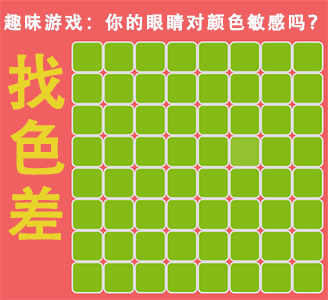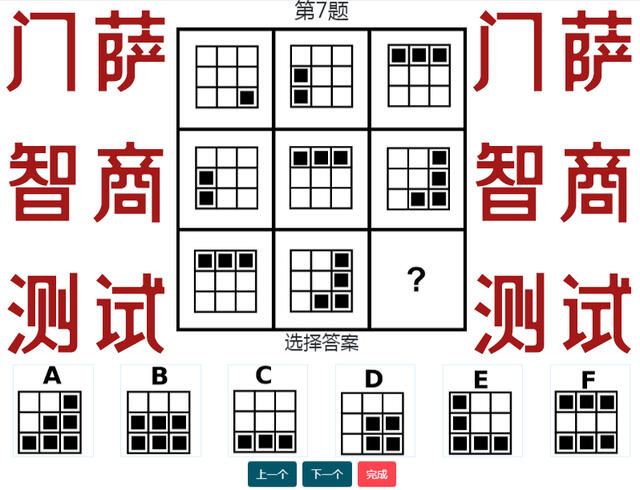现代编程语言中的十大有趣功能

简评:喜欢研究编程语言的人,推荐看看 Kasper Peulen 的这篇文章。他利用几种新语言,例如 Reason、Kotlin、Dart、以及 Apple 的 Swift,来介绍几种有趣的程序写法,例如 pipeline、cascade、以及 currying 等。
虽然这些语言相对来讲比较新,但这些写法可能早在 Lisp (1958),Smalltalk (1972),Objective-C (1984),Haskell (1990) 或 OCaml (1996) 的语言里就有了。
#1 管道操作(Pipeline operator)
let result = "hello"
|> doubleSay
|> capitalize
|> exclaim;
/* same as `let result = exclaim(capitalize(doubleSay("hello")));` */
/* result is "Hello, hello!" */
没有找到来自 Reason 的官方文档,不过它似乎与 ECMAScript 有点相似 ~
type person = { score: int };
let me = { score: 25 };
let double = (x) => x + x;
let add = (x, y) => x + y;
let boundScore = (lower, upper, score) => max(lower, min(upper, score));
let newScore = me.score
|> double
|> (it) => add(7, it)
|> (it) => boundScore(0, 100, it);
/* same as boundScore(0, 100, add(7, double(me.score))); */
#2 模式匹配(Pattern matching)
let reply =
switch message {
| "Reason's pretty cool" => "Yep"
| "good night" => "See ya!"
| "hello" | "hi" | "heya" | "hey" => "hello to you too!"
| _ => "Nice to meet you!"
};
when (obj) {
1 -> "One"
"Hello" -> "Greeting"
is Long -> "Long"
!is String -> "Not a string"
else -> "Unknown"
}
when (x) {
in 1..10 -> print("x is in the range")
in validNumbers -> print("x is valid")
!in 10..20 -> print("x is outside the range")
else -> print("none of the above")
}
#3 Reactive (Rx) programming build in the language
input.onKeyDown
.where((e) => e.ctrlKey && e.code == 'Enter')
.forEach((e) => dispatch(addTodoAction(e.target.value)));
// First gets a Async Iterable of Keyboard Events from the input element
// Then filters on Keyboard Events that are Ctrl+Enter
// Dispatches an action for each of those filtered events
var wachterStream = new Wachter('src/library').events;
await for (var event in wachterStream) {
print('The following path has changed ${event.path}');
}
// The watcherStream is an "Async Iterable" (`Stream` type in Dart)
// It can be iterated in a for loop similarly as normal Iterables
// Async Generator, generates all natural numbers asynchronous
Stream<int> naturals() async* {
int k = 1; while (true) { yield k++; }
}
// maps the Stream (Async Iterable) so that every iterations takes a second
var delayedNaturals = naturals()
.asyncMap((e) => new Future.delayed(new Duration(seconds: 1), () => e));
// Prints every second the next natural number (up to infinity)
delayedNaturals.forEach(print);
#4 在 lambda 函数里使用 it 作为单一参数
Implicit name (using “it”) of a single parameter in a lambda function
strings.filter{ it.length == 5 }.map{ it.toUpperCase() }
// same as strings.filter{ it -> it.length == 5 }.map{ it -> it.toUpperCase() }
#5 解构(Destructuring)
let someInts = (10, 20);
let (ten, twenty) = someInts;
type person = {name: string, age: int};
let somePerson = {name: "Guy", age: 30};
let {name, age} = somePerson;
data class Person(val name: String, val age: Int)
val(name, age) = Person("Guy", 20)
#6 级联操作(Cascade operator)
querySelector('#button') // Get an object.
..text = 'Confirm' // Use its members.
..classes.add('important')
..onClick.listen((e) => dispatch(confirmedAction()));
// same as
// var button = querySelector('#button');
// button.text = 'Confirm';
// button.classed.add('important');
// button.onClick.listen((e) => dispatch(confirmedAction()));
#7 If 表达式
val result = if (param == 1) {
"one"
} else if (param == 2) {
"two"
} else {
"three"
}
// same as val result = param == 1 ? "one" : param == 2 ? "two" : "three";
#8 Try 表达式
val result = try {
count()
} catch (e: ArithmeticException) {
throw IllegalStateException(e)
}
#9 Automatic currying
let add = (x, y) => x + y; /* same as (x) => (y) => x + y; */
let five = add(2,3); /* 5 */
let alsoFive = add(2)(3); /* 5 */
let addFive = add(5); /* y => 5 + y; */
let eleven = addFive(6); /* 11 */
let twelve = addFive(7); /* 12 */
#10 方法拓展(Method extensions)
public extension Int {
func clamp (_ min: Int, _ max: Int) -> Int {
return Swift.max(min, Swift.min(max, self))
}
func abs () -> Int {
return Swift.abs(self)
}
}
1.clamp(0, 10); // 1
20.clamp(0, 10); // 10
-3.abs(); // 3
fun Int.clamp(min:Int, max:Int) = Math.min( Math.max(this, min), max);
// 12.clamp(0,10) gives 10
Happy coding 🙂
说实话我没看太懂,但大家都说有趣,下边有原链,看懂了的可以跟我港一港 ~
本文首发于极光日报
你也许感兴趣的:
- Rust 比 C 更快吗?
- 【程序员搞笑图片】Rust:愿者上钩
- 对 Rust 10 年的押注以及我对未来的期待
- Java 30 年:一门为失败的小工具设计的语言如何成为全球强势语言
- Rust 10 周年:一部破电梯如何彻底改变了软件
- 世界末日的最佳编程语言
- 编程语言的选择
- Julia 的新天地
- 【程序员搞笑图片】数据类型简明指导
- 33 种编程语言的 UUIDv7 实现
















你对本文的反应是: